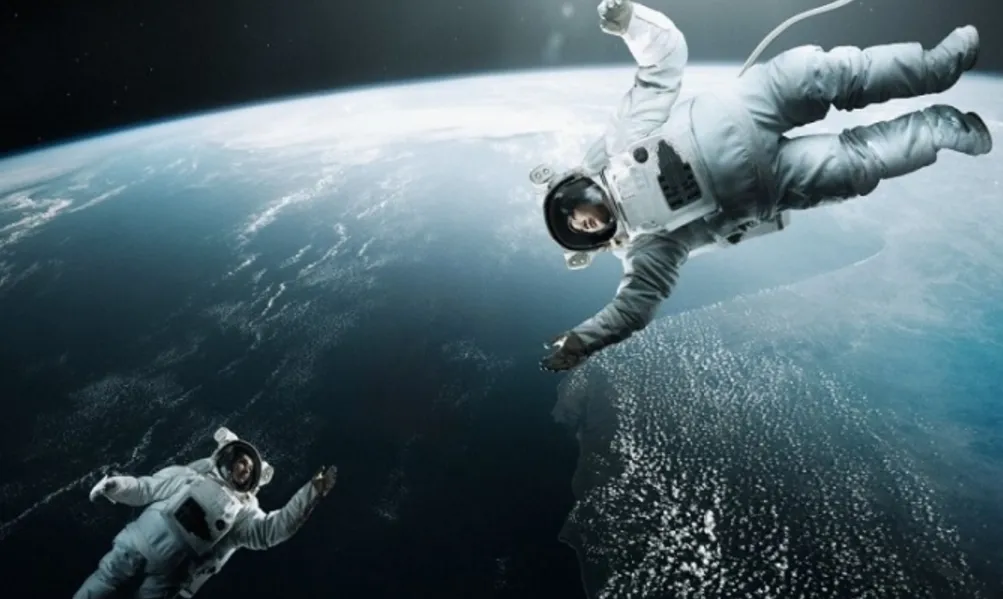Space exploration has always carried an element of danger, with the quest to uncover the mysteries of the cosmos often requiring extraordinary risks. Despite the rigorous training, advanced technology, and relentless focus on safety, the pursuit of human space exploration has not been without its share of tragic losses. Over the decades, some astronauts have made the ultimate sacrifice, reminding us of both the perils of space and the resilience of the human spirit.
The Risk Factor in Space Exploration
Since the beginning of the space age, astronauts have faced an array of dangers ranging from mechanical failures to extreme environmental conditions. The vacuum of space, microgravity, radiation exposure, and the ever-present threat of human error create a precarious environment. Despite these risks, thousands of individuals from various countries have dared to venture beyond Earth’s atmosphere, often knowing that failure could be fatal. Yet, a lingering question remains: how many astronauts have died in space?
Fatal Incidents in Space Exploration History
While there have been numerous casualties during training exercises, launches, and landings, only a handful of astronauts have perished while actually in space. A detailed exploration of these incidents sheds light on the fragility of human life when faced with the vast and unforgiving void of space.
The Soyuz 11 Tragedy
The most notable and only documented incident of astronaut fatalities in space occurred in June 1971. Three Soviet cosmonauts—Georgi Dobrovolski, Viktor Patsayev, and Vladislav Volkov—lost their lives during the return of the Soyuz 11 mission. The spacecraft successfully docked with the first space station, Salyut 1, marking a historic achievement. However, during reentry, a cabin depressurization led to the deaths of all three crew members. Investigators later discovered that a vent valve had opened prematurely, causing the fatal accident.
This heartbreaking incident highlighted the dangers of space travel, leading to significant advancements in spacecraft design and safety protocols. Among the lessons learned was the necessity of wearing pressure suits during critical phases of a mission—a standard practice in modern spaceflight.
Challenger and Columbia Disasters
While not classified as in-space deaths, the Challenger (1986) and Columbia (2003) tragedies remain etched in the collective memory of space exploration. These incidents occurred during the launch and reentry phases, respectively, claiming the lives of 14 astronauts. Both disasters emphasized the high stakes of space travel and prompted exhaustive investigations, resulting in major changes to NASA’s safety protocols and technological systems.
Misconceptions About Astronaut Deaths in Space
The public often assumes that many astronauts have died in space due to the inherent risks. However, the reality is that incidents of in-space fatalities are exceedingly rare. Of the thousands of missions conducted by space agencies worldwide, only the Soyuz 11 crew has experienced death while in orbit.
Still, the sacrifices made by astronauts in training, testing, and operational missions serve as a sobering reminder of the complexities involved in space exploration. For example, the Apollo 1 tragedy in 1967 claimed the lives of three astronauts during a pre-flight test on the ground due to a cabin fire. Although these deaths did not occur in space, they underscored the critical importance of stringent safety measures at every stage of a mission.
Advancements in Spacecraft Safety
In the wake of tragedies like Soyuz 11, space agencies around the globe have continuously improved spacecraft design and safety standards. Modern spacecraft are equipped with advanced life support systems, redundancies in critical operations, and improved pressure suits to safeguard astronauts in emergencies.
Space organizations, including NASA, Roscosmos, and SpaceX, also conduct extensive simulations and contingency planning to prepare astronauts for a wide range of scenarios. These measures significantly reduce the risk of fatal incidents, ensuring that future space travelers are better protected.
Acknowledging the Sacrifice
Astronauts embody a rare combination of courage, intellect, and resilience. Their willingness to face danger for the sake of discovery is a testament to humanity’s insatiable curiosity. Honoring their contributions and sacrifices is not just a tribute to the individuals themselves but a recognition of the countless lives that benefit from their work. From technological innovations to a deeper understanding of the universe, space exploration has enriched human life in immeasurable ways.
Exploring the Future of Space Exploration
As humanity enters a new era of space exploration—marked by commercial spaceflight, lunar missions, and plans for Mars colonization—the lessons of past tragedies remain vital. While advancements in technology promise to mitigate risks, space exploration will likely never be without danger. The potential for mechanical failures, unforeseen hazards, or human error persists, but so does the unwavering spirit of those who dream of reaching the stars.
Resources for Further Reading
For a comprehensive look at the history and details of astronaut fatalities in space, Orbital Today offers a detailed account of such incidents. Their article provides an in-depth examination of the Soyuz 11 tragedy and other related events.
Closing Thoughts
The pursuit of space exploration is one of humanity’s greatest endeavors, filled with triumphs and tragedies alike. While the risks remain substantial, the rewards of venturing into the unknown—scientific breakthroughs, technological advancements, and the enduring hope of interplanetary life—are equally profound. Each mission builds upon the legacy of those who came before, honoring their sacrifices while forging a path to the stars.
As we look forward to the next frontier in space travel, let us never forget the brave individuals who gave their lives for the betterment of humanity. Their contributions continue to inspire generations, driving us closer to a future where space exploration becomes a shared journey for all of humankind.
Author: Emma Thorpe
